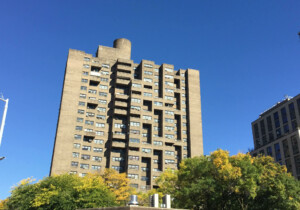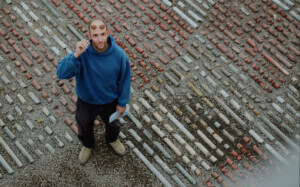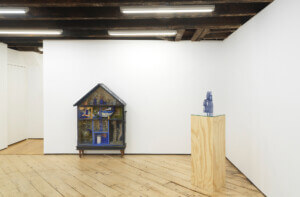Manhattan’s East River Park, home to sprawling fields, winding bike paths, and a landscaped promenade, was badly damaged when Hurricane Sandy tore through the city in 2012 and the Lower East Side flooded. Since then, New York City officials have been brainstorming ideas to protect the park, along with the remainder of Lower Manhattan, from rising seas.
The city’s latest proposal calls for burying the existing East River Park under 10 feet of landfill, before building a new one from scratch, according to The New York Times.
This differs from the original plan, which aimed to push back the flood walls from FDR Drive toward the East River along the water’s edge, shielding the highway and large swaths of the LES from rising floodwaters. The meticulously-thought-out design, which took over four years to assemble, was only the first link in a series of barriers around Lower Manhattan known as the “Big U.”
In September 2018, with no community input and to the dismay of inner-city residents, the city announced that the entire plan was being rejected in favor of the new project.
The new, $1.5 billion proposal is not only significantly more expensive than its $760 million predecessor, but it will also destroy all trees, plant life, and infrastructure that currently exists within East River Park. Both the park’s field house and running track, which was recently revamped at a cost of nearly $3 million, will be buried beneath the soil, while the fate of the site’s historic amphitheater remains unknown.
The latest plans will preserve one thing in the area: traffic. To construct the Big U, the city would have had to shut down one lane of FDR Drive every night for five consecutive years. By burying the park with landfill and soil that is delivered by barge, the new plan will cause little to no traffic disruptions. According to the Times, while local residents feel as though they are not receiving a fair trade, Parks Department commissioner Mitchell J. Silver claimed that, with the East River expected to rise over two feet within the next 30 years, burying the existing park to build a more elevated one is the only way to save the land.
The new plan is scheduled to launch in March 2020, with flood protection barriers implemented as soon as 2022, though local residents are still doubtful as to whether or not the city will complete the project on time due to its history of construction delays.











